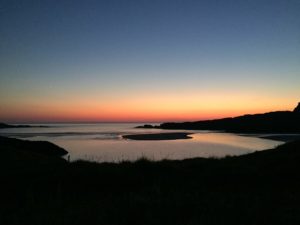Here we are week 5! My last week in Italy. I have been dreading this since I first arrived. I am determined to make the most of the time I have left. I feel like time has gone by so fast. My language skills have improved so much since my first week here. I am afraid to go back to America and lose all the skills I achieved here.
A quick recap of my last week: Monday night I went to a Kareoke bar with high hopes I would be able to whoo the crowd with my incredible voice singing in Italian. Unfortunately, Italians really enjoy singing English songs. So the night consisted of patiently waiting for an Italian song to break up the series of American “oldies but goodies” like “Pour Some Sugar On Me” and “All-star”.
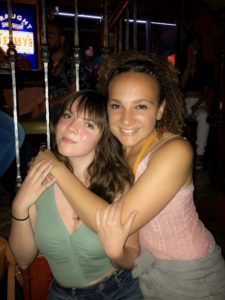
Tuesday was an ordinary day for me. This week in class was a little difficult for me because I definitely felt ready to move on to the next language level, but obviously for the last week there’s no sense in switching, and so I patiently sat through classes that were somewhat under-stimulating.
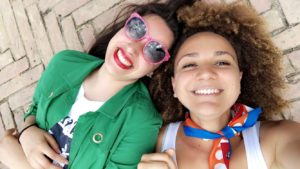
Wednesday night I accompanied my friend/host Azzurra to her friend’s birthday dinner. It was an intimate gathering of about 12 close friends and family and it was just so much fun. I understood nearly everything they were talking about and found it very easy to keep track with the flow of conversation. I no longer felt shy! I was also conversing and keeping pace with the conversation of native Italian speakers (who naturally speak very fast mind you).
Thursday I finally managed to make it to a beach in the Tuscan region, Castiglione Della Peschaia. The water was absolutely astonishing and reminded just how much I love the Ocean. Thank god I live in California. After returning from the beach I met some friends in the city and had a fun evening walking the streets with the warm summer breeze.
Friday was my last day at school and very emotional to say the least. I wrote my favorite professor a card thanking him for everything he taught me, and he returned the favor and gave me his email address to remain in contact. After school Siena’s contrada’s had an event to choose the horses that would be running in “Il Palio” on Monday. It was so interesting to see the “patriotism” everyone had for their Contradas. Friday evening they had a “prova” a practice Palio in which thousands of people still showed up to watch. It was amazing I can’t imagine what the real Palio would be like. Sadly I’m leaving Saturday so I won’t be able to see the real Palio. But I have a pretty good idea thanks to the “prova”. Friday night I went out with all my closest friends and tried my hardest not to cry.
My time in Italy really came and went.
For my final community interaction task I decided to talk about accents and dialects rather than slang. Italy is a unique country because it was fully united until 1861, so although Italy has a rich ancient history dating back to the Roman Empire, it is a relatively new country with regards to unification. In this respect there exists many different dialects and accents the survive despite Italian becoming the official language. I listened to several different Italian dialects and I could very clearly understand it wasn’t Italian. The accents were a lot harder to discern. To me the different accents really just sounded like different tones of voice. Similarly, I showed some Italians the different accents found throughout America and they had a hard time discerning the difference. It was especially difficult for people who have no experience with the English language.

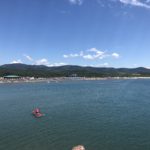



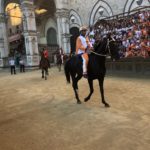
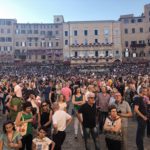
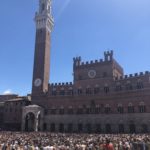
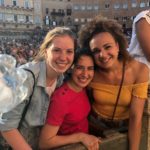

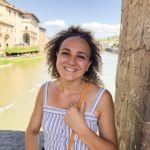
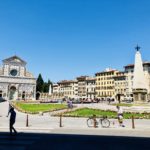
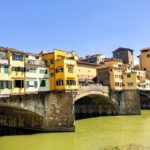

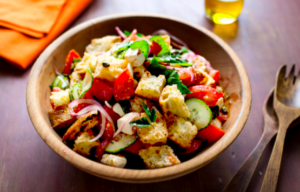
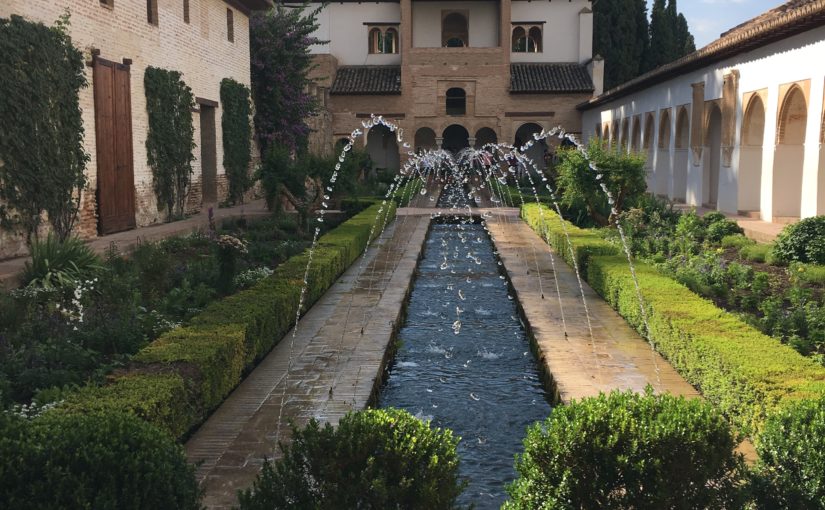
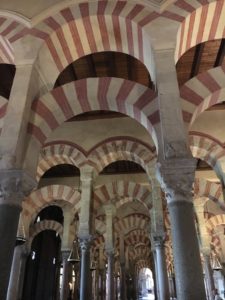
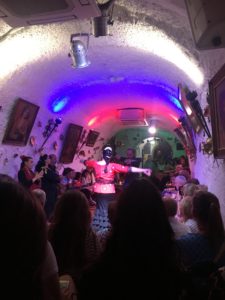
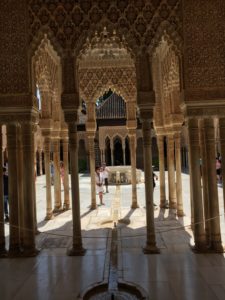
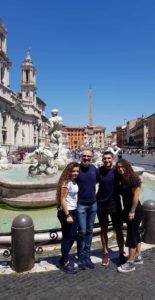
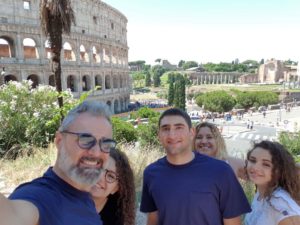
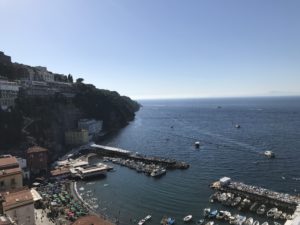
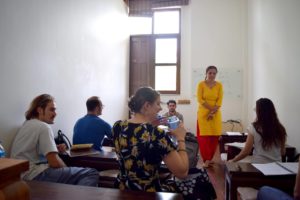
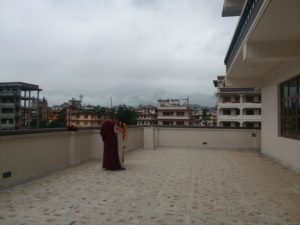
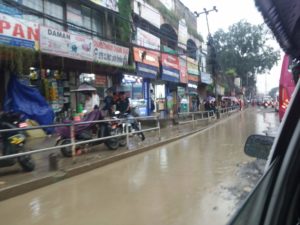
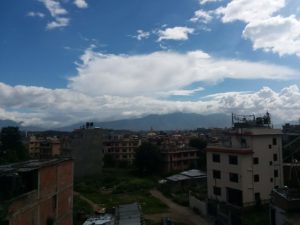
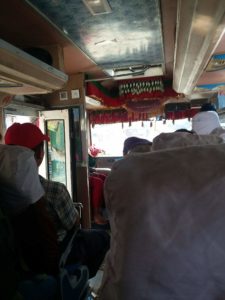
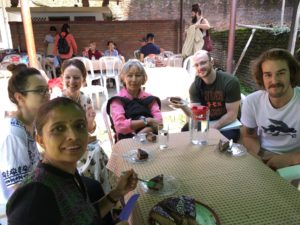
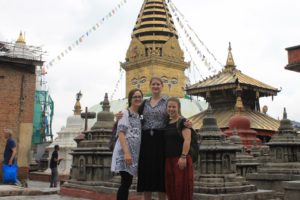
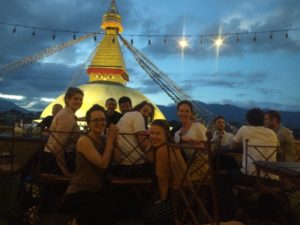
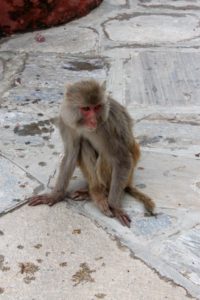
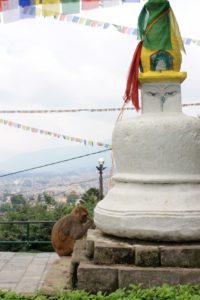
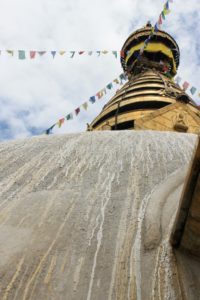
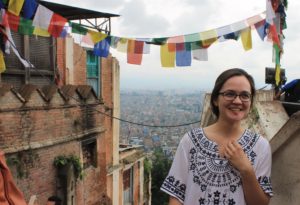
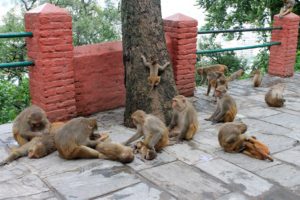


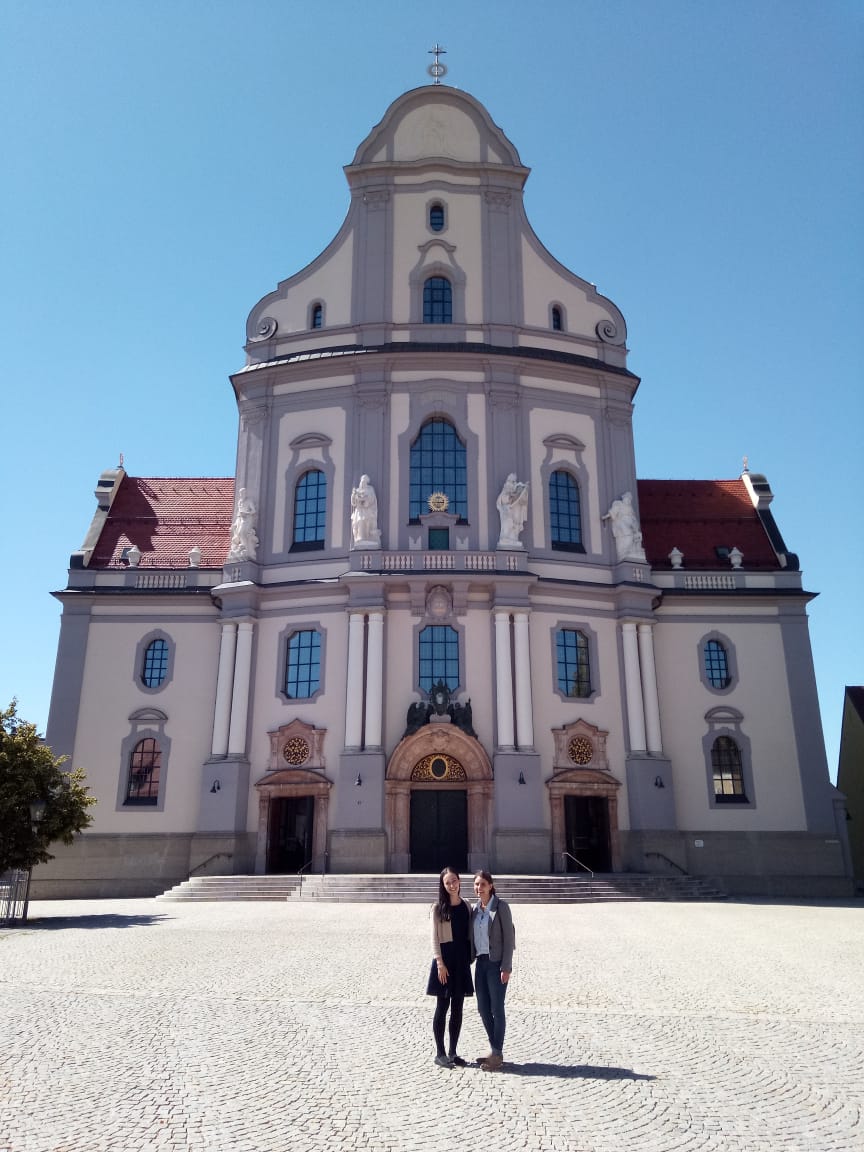
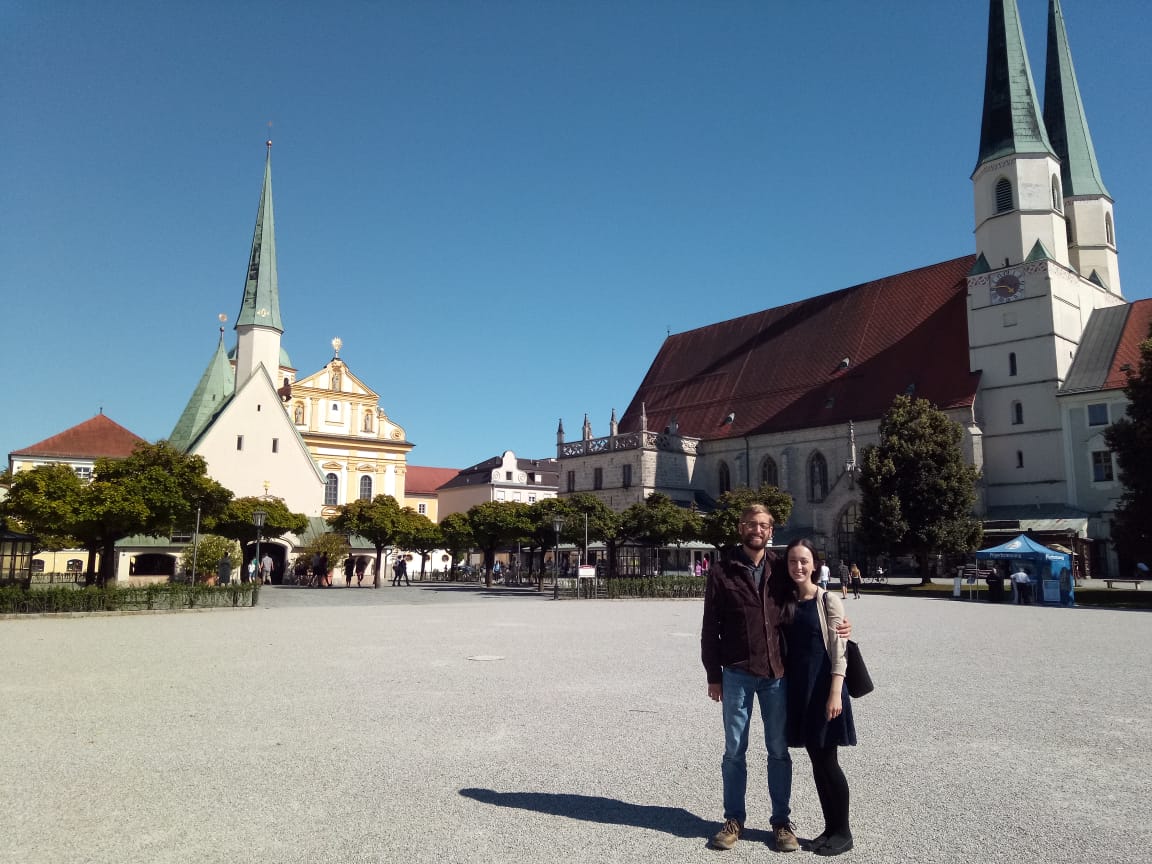
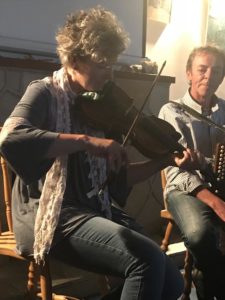
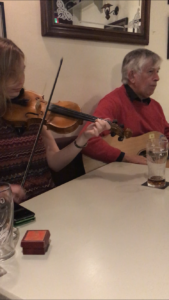
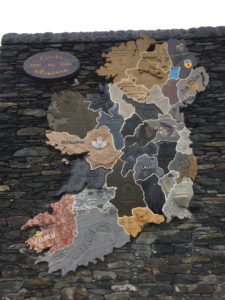
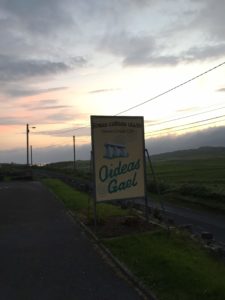 .
.